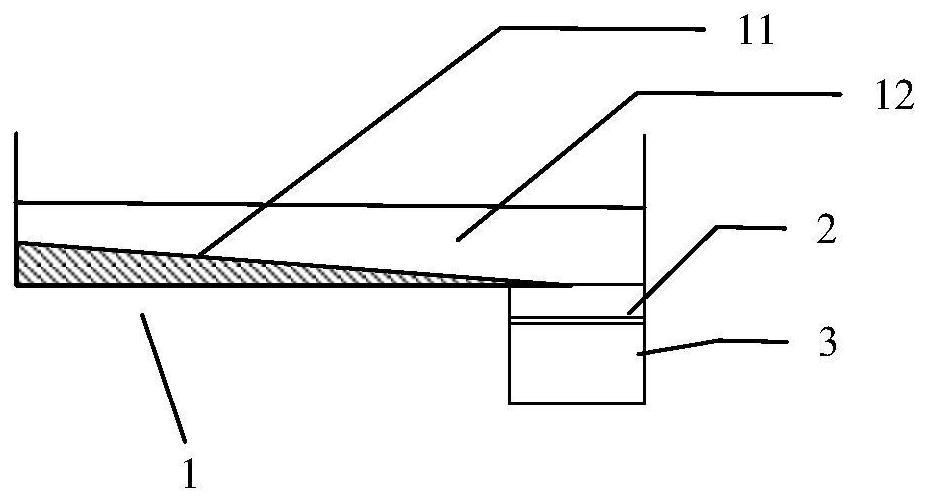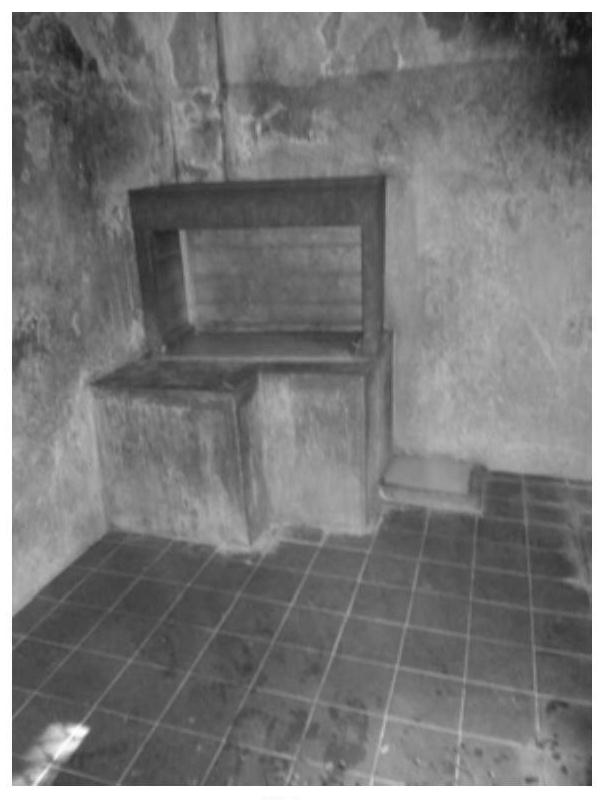A new approach to the management of captive wild animals
A technology of wild animals and management methods, which is applied in the field of new-type captive wild animal management, can solve problems affecting the comfort of animals' lives, blocking ventilation, consuming labor and water resources, etc., to improve animal welfare and health levels, and simplify daily life Management process, effect of enriching microbial community
- Summary
- Abstract
- Description
- Claims
- Application Information
AI Technical Summary
Problems solved by technology
Method used
Image
Examples
Embodiment 1
[0053] Embodiment 1 (Francis Langur cage house)
[0054] The Francois langur cage in Guangzhou Zoo is divided into two parts: the indoor room and the outdoor sports field, where a pair of adult monkeys and their three juvenile offspring were raised. Among them, the inner room is about 7 square meters, with two doors leading to the outdoor sports field and the staff passage respectively. The inner room floor is a concrete structure (such as figure 2 ), the ground has a certain slope, and there is a sewer (i.e. drainage facility) in the lower corner of the inner room; the outdoor sports field is about 100 square meters, and there are two doors leading to the inner room and the staff passage respectively. The ground of the sports ground has a natural slope, At the lower end, there is a drainage ditch with a fence (that is, drainage facilities). The original ground is mud and sand, and there are a small amount of green plants.
[0055] 1.1 Engineering construction and disinfecti...
Embodiment 2
[0074] Embodiment 2 (Francis langur cage house)
[0075] The Francois langur cage house adjacent to Example 1 has an interior area of about 7 square meters and an outdoor playground area of about 80 square meters, and raises 2 subadult Francois langurs.
[0076] The difference from Example 1 is that the inner chamber is not covered with a fermentation bed, and the inner chamber is cleaned, rinsed, and sterilized as usual in management every day, and the others are the same as in Embodiment 1.
Embodiment 3
[0077] Embodiment 3 (squirrel monkey cage)
[0078] The indoor area is about 6 square meters, and the outdoor playground area is about 80 square meters. Eleven squirrel monkeys (2 males, 7 females and 2 subadults) are raised.
[0079] The difference from Example 1 is that the inner chamber is not covered with a fermentation bed, and the inner chamber is cleaned, rinsed, and sterilized as usual in management every day, and the others are the same as in Embodiment 1.
PUM
 Login to View More
Login to View More Abstract
Description
Claims
Application Information
 Login to View More
Login to View More - R&D
- Intellectual Property
- Life Sciences
- Materials
- Tech Scout
- Unparalleled Data Quality
- Higher Quality Content
- 60% Fewer Hallucinations
Browse by: Latest US Patents, China's latest patents, Technical Efficacy Thesaurus, Application Domain, Technology Topic, Popular Technical Reports.
© 2025 PatSnap. All rights reserved.Legal|Privacy policy|Modern Slavery Act Transparency Statement|Sitemap|About US| Contact US: help@patsnap.com



